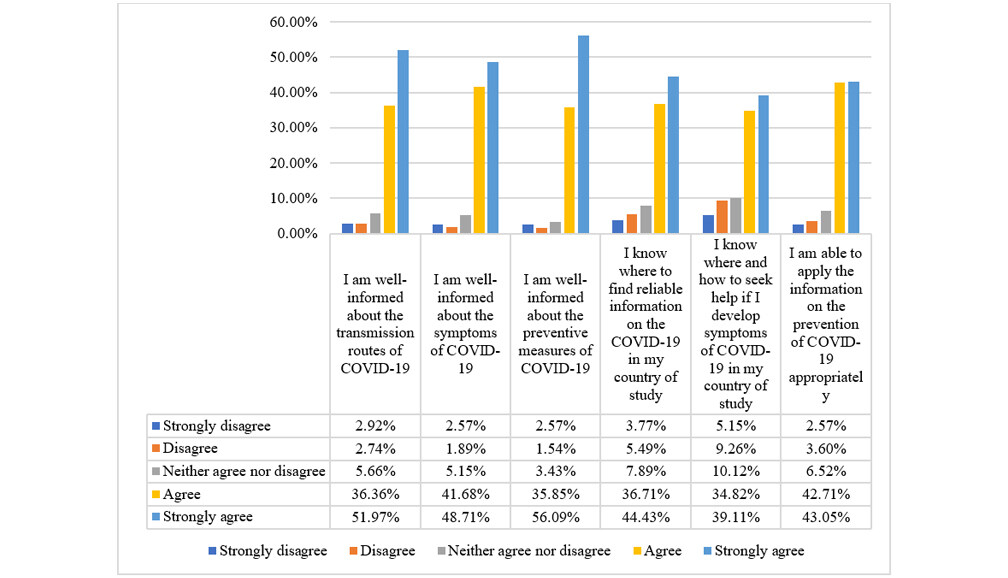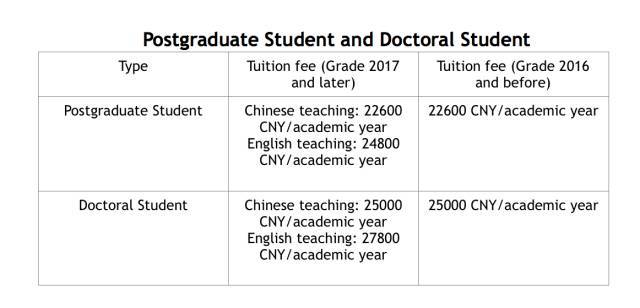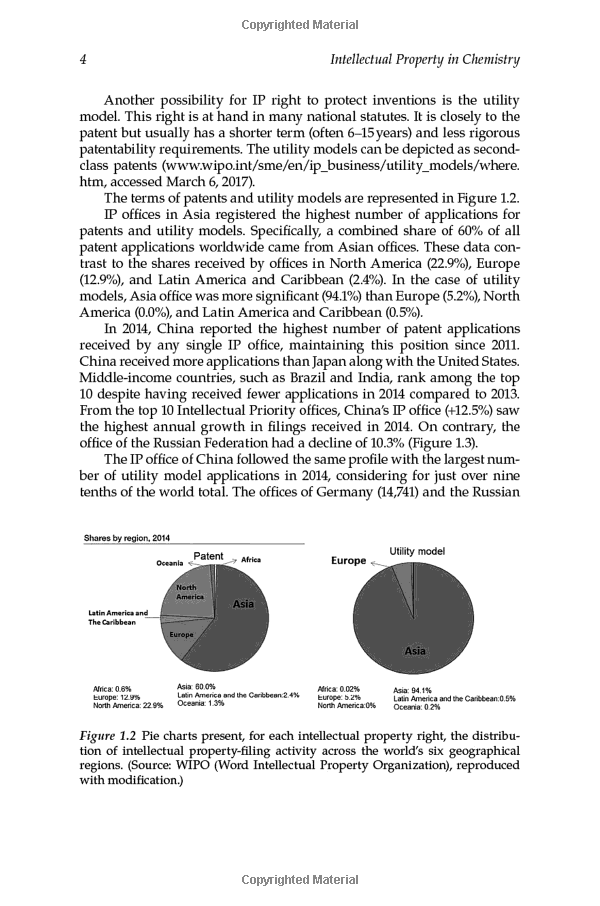A Comprehensive Comparison: Federal Unsubsidized Loan vs Grad PLUS Loan for Graduate Students
#### Introduction to Federal Unsubsidized Loan vs Grad PLUS LoanWhen it comes to financing your graduate education, understanding your options is crucial. T……
#### Introduction to Federal Unsubsidized Loan vs Grad PLUS Loan
When it comes to financing your graduate education, understanding your options is crucial. Two popular choices among graduate students are the Federal Unsubsidized Loan and the Grad PLUS Loan. Both of these loans offer unique benefits and drawbacks, making it essential to compare them thoroughly to determine which is the best fit for your financial situation.
#### Overview of Federal Unsubsidized Loan
The Federal Unsubsidized Loan is a type of federal student loan available to both undergraduate and graduate students. Unlike subsidized loans, where the government pays the interest while the student is in school, the federal unsubsidized loan begins accruing interest immediately upon disbursement. This means that students are responsible for the interest that accumulates during their time in school, during grace periods, and during any deferment periods.
One of the main advantages of the Federal Unsubsidized Loan is that it does not require a credit check, making it accessible to a wider range of students. Additionally, the loan limits are relatively high, allowing students to borrow up to $20,500 per academic year for graduate studies. The fixed interest rate is generally lower than that of private loans, making it an attractive option for many.

#### Overview of Grad PLUS Loan
The Grad PLUS Loan, on the other hand, is specifically designed for graduate and professional students. This loan also requires a credit check, and students with adverse credit history may need to obtain a co-signer. The Grad PLUS Loan allows students to borrow up to the full cost of attendance, minus any other financial aid received, making it a viable option for those who need to cover additional expenses beyond tuition and fees.
The interest rate for the Grad PLUS Loan is typically higher than that of the federal unsubsidized loan, so it's important for students to consider the long-term implications of borrowing. However, like the federal unsubsidized loan, the Grad PLUS Loan also offers flexible repayment options, including income-driven repayment plans.
#### Key Differences Between Federal Unsubsidized Loan and Grad PLUS Loan

1. **Credit Requirements**: The Federal Unsubsidized Loan does not require a credit check, making it accessible to all eligible students. In contrast, the Grad PLUS Loan requires a credit check, which can limit access for some students.
2. **Loan Limits**: The annual borrowing limit for the Federal Unsubsidized Loan is capped at $20,500, while the Grad PLUS Loan allows students to borrow up to the total cost of attendance.
3. **Interest Rates**: The interest rates for Federal Unsubsidized Loans are generally lower than those for Grad PLUS Loans, making the former a more cost-effective option for many borrowers.
4. **Repayment Options**: Both loans offer flexible repayment options, but the Grad PLUS Loan provides additional options for deferment and forbearance, which can be beneficial for students facing financial hardship.

#### Conclusion
In conclusion, both the Federal Unsubsidized Loan and the Grad PLUS Loan have their unique advantages and limitations. Graduate students should carefully consider their financial needs, credit history, and long-term repayment strategies when choosing between these two options. By understanding the differences and similarities, students can make informed decisions that best support their educational goals.